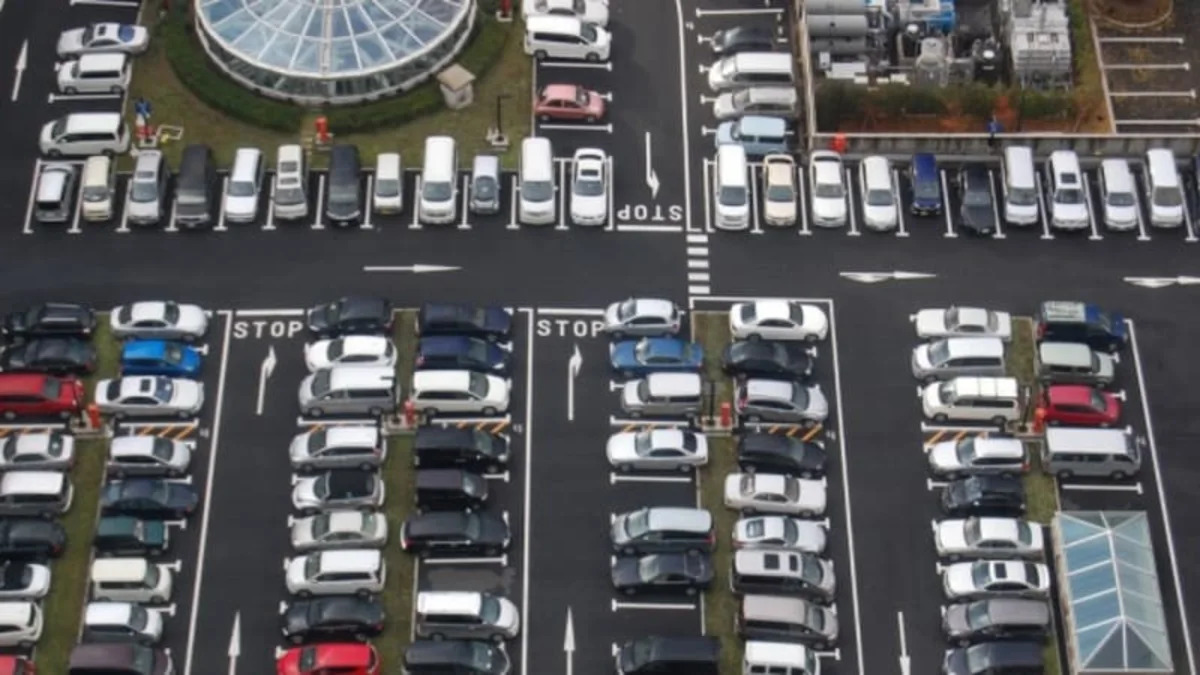Your car is not doing any environmental damage when it's parked, is it? Maybe not directly, but the simple act of parking plays an important role in enabling people to drive more without really considering the consequences or alternatives and, more importantly, creates a lot of emissions while people look for a parking spot. Two related stories on this issue crossed our virtual desk today, one that rethinks how parking should operate in urban and suburban areas and the other that wants us to turn parking lots into parks.
The first is about Donald Shoup, a professor of urban planning at UCLA and the author of The High Cost of Free Parking, who wants parking spaces to more accurately reflect the local needs, both in number and cost. City regulations can sometimes require businesses to build and pay for more parking than is actually required, and the open spaces make things look kind of ugly. In crowded areas, the opposite can happen, and people sometimes drive around and around just looking for a space. The takeaway point here is that better-priced parking includes rewarding people for taking reasonable transportation alternatives and can lead to fewer cars on the roads, creating more parking spaces for people who still need to/choose to drive.
Meanwhile, over on Grist, author Lester Brown has an idea for what to do with the parking lots that we don't need any more: turn them into green spaces. He also makes the case that city planners should be actively working to make urban mobility less reliant on personal automobiles because "a city with a pleasant environment for children and the elderly would work for everyone."
[Source: Reuters, Grist | Image: Kevin Krejci - C.C. License 2.0]
The first is about Donald Shoup, a professor of urban planning at UCLA and the author of The High Cost of Free Parking, who wants parking spaces to more accurately reflect the local needs, both in number and cost. City regulations can sometimes require businesses to build and pay for more parking than is actually required, and the open spaces make things look kind of ugly. In crowded areas, the opposite can happen, and people sometimes drive around and around just looking for a space. The takeaway point here is that better-priced parking includes rewarding people for taking reasonable transportation alternatives and can lead to fewer cars on the roads, creating more parking spaces for people who still need to/choose to drive.
Meanwhile, over on Grist, author Lester Brown has an idea for what to do with the parking lots that we don't need any more: turn them into green spaces. He also makes the case that city planners should be actively working to make urban mobility less reliant on personal automobiles because "a city with a pleasant environment for children and the elderly would work for everyone."
[Source: Reuters, Grist | Image: Kevin Krejci - C.C. License 2.0]


Sign in to post
Please sign in to leave a comment.
Continue